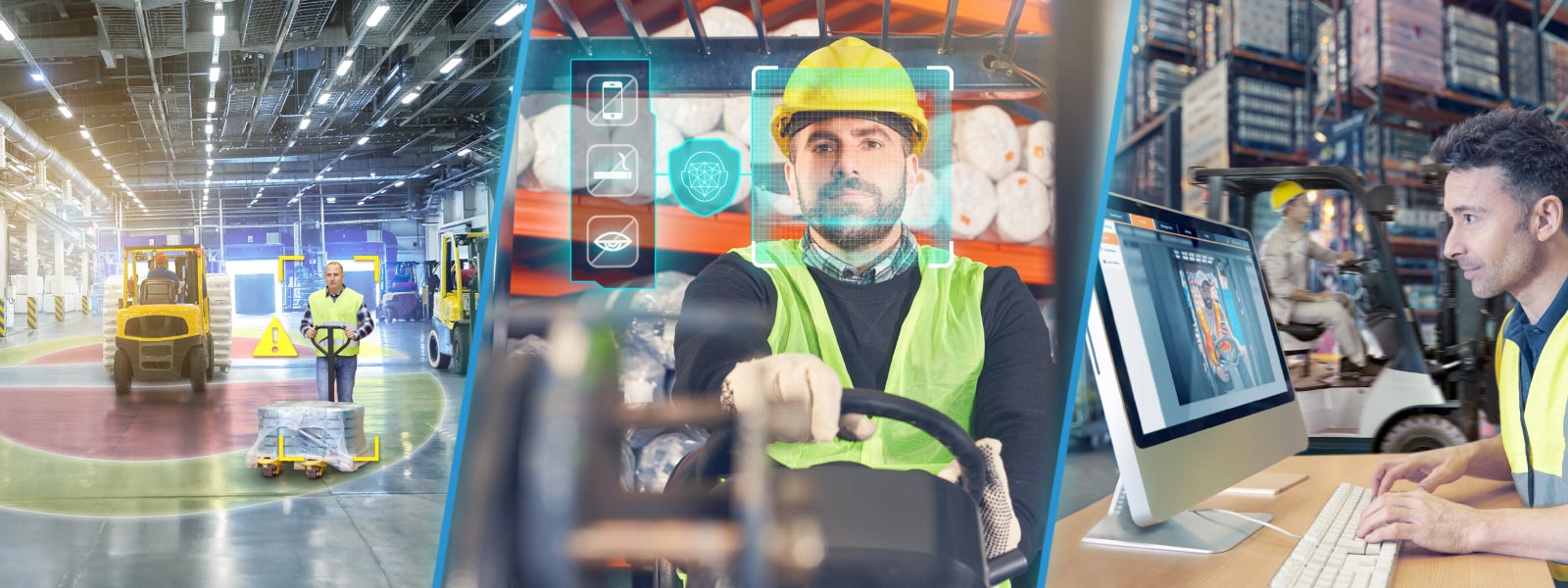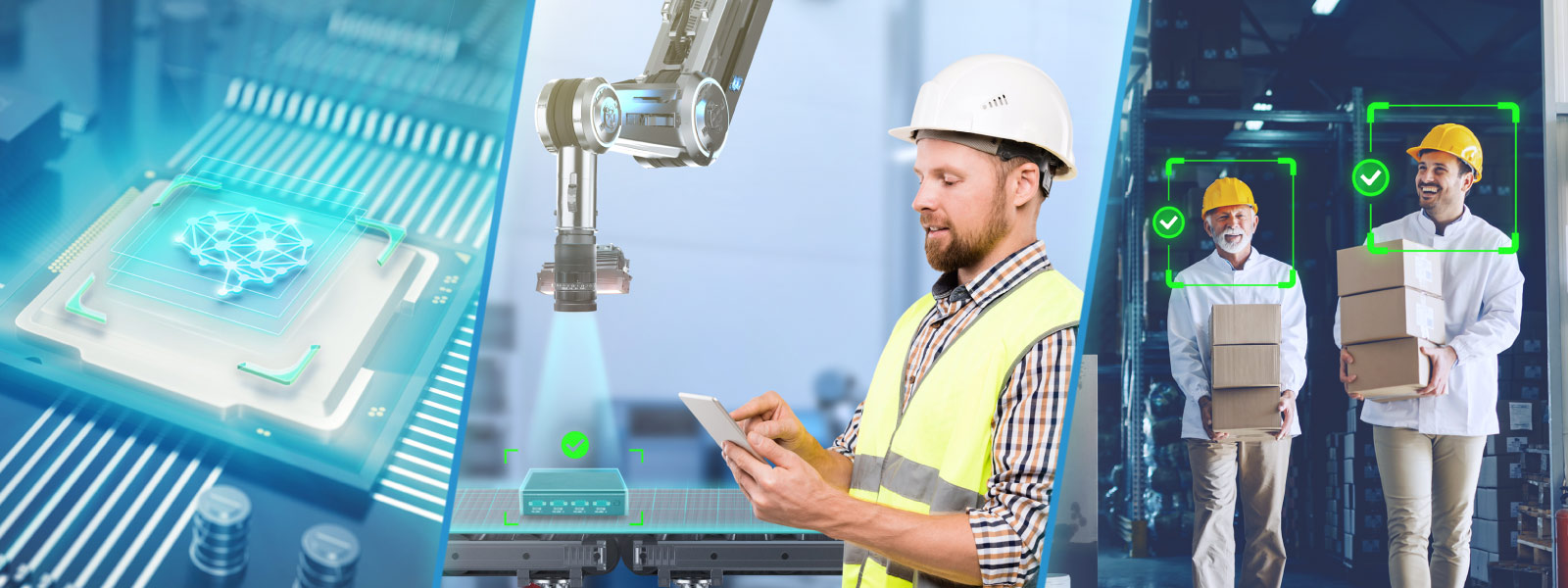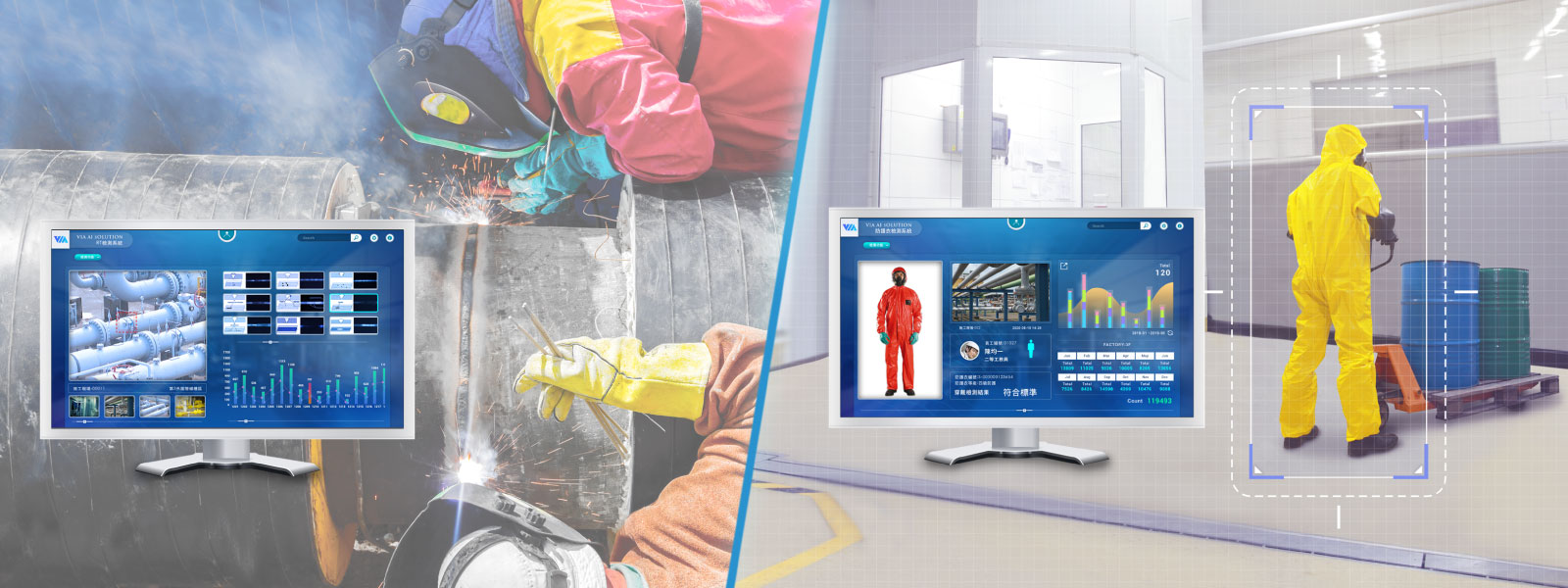In a world increasingly driven by data, the ability to process information quickly and securely is paramount. Edge AI is emerging as a game-changer, transforming how we collect, analyze, and act upon data. By combining the power of artificial intelligence with local data processing, it is unlocking real-time insights, enhanced efficiency, and a new era of intelligent applications across diverse sectors.
What is Edge AI?
Edge AI merges edge computing and artificial intelligence, and brings computation and data storage closer to the source of data – systems, devices, sensors, and the physical locations where they operate. AI algorithms, which typically require high computational power, are embedded within edge devices or local servers. This powerful combination eliminates the need for constant cloud connectivity, enabling real-time data analysis, faster decision-making, and reduced reliance on external networks.

Advantages
By bringing computation and analysis directly to the source, Edge AI delivers significant advantages in speed, security, and efficiency. Key benefits include the following:
Low Latency: Transferring data to and from the cloud introduces delays. Edge AI minimizes latency, enabling near-instant responses crucial for time-sensitive applications like autonomous vehicles and robotics.
Enhanced Data Security: By performing most data processing locally, Edge AI reduces the amount of sensitive information sent over the internet, minimizing exposure to cyberattacks.
Optimized Bandwidth and Cost: Processing data at the edge reduces reliance on expensive cloud infrastructure and lowers the demand for internet bandwidth.
Scalability: Edge AI solutions are readily adaptable, allowing for processing large volumes of data from multiple sources without the need to constantly upgrade cloud resources.
Reliability and Resilience: With its decentralized nature, Edge AI offers operational continuity even in the face of network or connectivity issues.
Use Cases and Industry Impact
Edge AI is being deployed for a growing number of applications and use cases across a vast array of industries, including the following:
Industrial IoT (IIoT): In manufacturing, Edge AI powers real-time defect detection, predictive maintenance, and process optimization, reducing downtime and waste and boosting efficiency and safety.
Healthcare: Edge AI-enabled medical devices provide continuous patient monitoring, personalized treatment plans, and remote diagnostics, enhancing patient safety and outcomes.
Security & Surveillance: Intelligent security cameras use Edge AI to detect suspicious activity, send automated alerts, and trigger immediate responses, improving security in both public and private spaces.
Retail: Edge AI enhances the customer experience through personalized recommendations, inventory optimization, and improved in-store analytics.
Energy: In the oil and gas sector, Edge AI facilitates remote asset monitoring, predicts equipment failures, and optimizes energy usage, reducing costs and environmental impact.

The Future
As AI algorithms advance, 5G connectivity expands, and edge computing hardware becomes more powerful, we can expect even more transformative applications. Here’s a glimpse into how Edge AI will impact key sectors:
Manufacturing: Edge AI will supercharge industrial automation. AI-powered robots will collaborate alongside humans, adapting their tasks on the fly based on real-time production data. Quality control systems will become even more sophisticated, detecting microscopic flaws, and predictive maintenance will virtually eliminate unplanned downtime. The result? Unprecedented levels of productivity, agility, and resource efficiency.
Warehousing and Logistics: Edge AI-powered warehouse management systems will optimize every movement of goods. Connected robots and conveyor systems will dynamically adjust routes to avoid bottlenecks, while inventory tracking using AI-enabled cameras will provide real-time visibility into stock levels, preventing costly stockouts. Edge AI will also streamline the last mile of delivery, powering autonomous vehicles and drones for faster and more reliable final deliveries.
Healthcare: Edge AI will usher in an era of highly personalized and proactive healthcare. Wearable devices will monitor vital signs, generating patient-specific data for early disease detection and risk prediction. AI-enabled surgical robots will assist surgeons, improving precision and patient outcomes. Remote diagnostics will become increasingly sophisticated, expanding access to specialized care in underserved areas.
Smart Cities: Edge AI will be the ‘brain’ of future cities. Traffic lights will intelligently adapt to traffic patterns, reducing congestion and emissions. Sensor networks will monitor infrastructure for wear and tear, alerting maintenance crews before problems become crises. Public safety will be enhanced by AI-powered video analytics, detecting threats and enabling a faster response from authorities.
Augmented and Virtual Reality (AR/VR): Edge AI’s low latency and local processing power are essential for highly responsive AR/VR experiences. AR overlays will become contextually relevant, providing real-time information and guidance for tasks ranging from manufacturing to healthcare. VR training simulations will become more realistic and immersive, accelerating the acquisition of skills in safety-critical environments.
Precision Agriculture: Edge AI will optimize farm operations. Drones equipped with AI vision will analyze crop health, detecting pests and diseases early. Sensors will monitor soil moisture and nutrient levels, triggering precision irrigation and fertilization. AI algorithms will analyze vast datasets, integrating weather patterns and market data, empowering farmers to make data-driven decisions that increase yields and sustainability.
Challenges and Considerations
While the promise of the technology is substantial, it also presents certain challenges:
Security: The distributed nature of edge devices necessitates enhanced security protocols to prevent unauthorized access and data breaches.
Standardization: The lack of industry-wide standards for deployments can create compatibility and interoperability issues.
Skillset: Implementing and managing Edge AI solutions requires specialized technical expertise to ensure optimal design and performance.
The Future of Edge AI
Edge AI is not merely an incremental improvement but a paradigm shift in how we harness the power of data. From manufacturing plants to medical centers, it is poised to reshape industries and improve lives like never before. As this technology matures, we can anticipate an even smarter, more connected, and more responsive world.
VIA Edge AI Solutions
VIA has developed solutions for a broad spectrum of proven, scalaeable solutions for diverse applications. To learn more, click on the links below:
VIA Intelligent Edge Solutions
